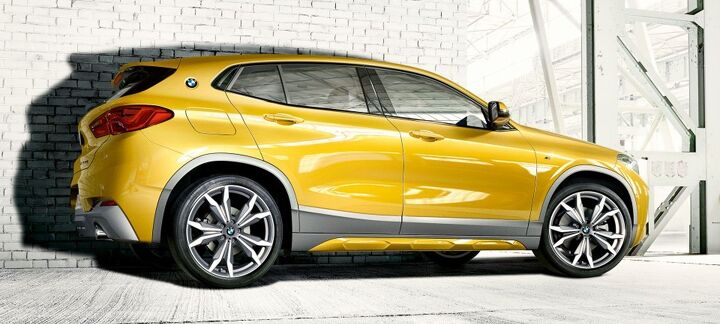Vellum Venom: Daylight Opening (DLO), Defined

With reader feedback always on my mind, perhaps an overview of commonly used terms in the car design trade is needed. Let’s define the Daylight Opening (DLO) and dig into one of the more confusing terms in a car designer’s handbook.
Daylight Opening likely originated from architecture, as the first designers (a.k.a. coachbuilders) applied such techniques to create bespoke passenger cabins elegantly resting atop a rolling chassis. While most coachbuilt efforts lacked the brilliant integration of the 1937 Delage D8 120 S Pourtout Aero Coupe (pictured above), the marching of time ensured even the entry-level Geely HQ has an integrated form: therefore our DLO definition needed a re-think.
Simply stated, the Automotive Definition of Daylight Opening is the collection of glass in a car body, discussed as a single element from the front, back or side.
The US DOT provides mind-numbingly complex more precise definitions for body side and the front/back DLO, but we focus on the side as it’s a far more expressive place for a designer’s touch. Well, 1996-1999 Ford Taurus notwithstanding, the body side is usually the most expressive.
So today, DLO is commonly referenced when describing the large swath of glass down the body side, between the first and the last roof pillar. An appealing DLO makes your eye move quickly from front to back, complementing other styling elements, and visually speeding up the roof so it completes a vehicle’s sleek styling.
In the case of the BMW X2, the DLO does a fantastic job transitioning the muscular body side into its short rear glass and chiseled posterior.
Too bad the X2 has a black plastic cheater panel at the end of the DLO, giving the false appearance of a longer, sleeker glass element. (My not-so-loving nickname for such phenomena, DLO FAIL, requires a separate post.)
That said, never forget that doing the opposite, making the DLO more upright and architectural often projects the right image for a design, with no need for cheater panels: take the Land Rover Discovery.
The Disco’s double window treatment between the C and D-pillars is certainly an extreme example, not to mention recent changes to roof-crush standards (and head-curtain airbags) permanently altered our landscape: it’s likely stomped out a fair bit of DLO creativity.
Take the sedan’s DLO: Rolls Royce Phantom aside, most sedans now sport fastback rooflines worthy of Steve McQueen and their DLOs are forced to match, even when the aforementioned cheater panels are needed to make it work. Perhaps that will change over time!
[Images: BMW]

More by Sajeev Mehta
Latest Car Reviews
Read moreLatest Product Reviews
Read moreRecent Comments
- VoGhost Oh, Mattie, I am BEGGING you to take a course in economics. There's probably a community college near you offering courses for free or very cheap. Seriously, people this ignorant of basic economics really should not be writing this drivel. Stick to what you know: pimping for big oil.
- 2manyvettes I was a computer instructor in a local technical college for some years teaching Windows OS and Micosoft Office. Not long before I retired I purchased a Mac Book Air laptop. It didn't take me long to learn the Apple OS and the first thing I learned was the lousy job Microsoft did ripping off the Apple software. I purchased Microsoft Office for Apple at the time and discovered when Apple upgraded the OS to 64 bit and my 32 bit Office software would no longer run on the laptop, that embedded in the Apple OS was software that could open any Office file and could save any file in Microsoft file format. I have always felt if Apple sold product at PC prices they would put Microsoft out of business. Oh, and I bought my Mac ten years ago and still runs like brand new. Effect on Rivian? Who knows? Based on my experience with their technology, it could be interesting.
- Spectator This was an amazing vehicle. Back then Acura knew how to make a plush and comfy seat!
- Syke F1 fan and normally watch every race, although most of them are DVR'd. I've got my Xfinity box set up to record everything automatically. This past Sunday I watched the race live for a change.
- Jalop1991 There is no inflation. Everything is cheaper than it was 5 years ago. SHRIMP AND GRITS!



































Comments
Join the conversation
I find it interesting that cost was brought up as a cause of DLO fail. My ‘17 Versa S has exactly ZERO plastic panels anywhere in the DLO area, and it’s the least expensive automobile sold in the United States.
Thanks for the writeup - I always enjoy your postings. Another oft discussed design element would be the Hofmeister Kick: Does the term only apply for BMW's? When is a Kick a kick? Are there angle restrictions. Do only RWD sedans apply? Mud is thrown almost as much as guesses.